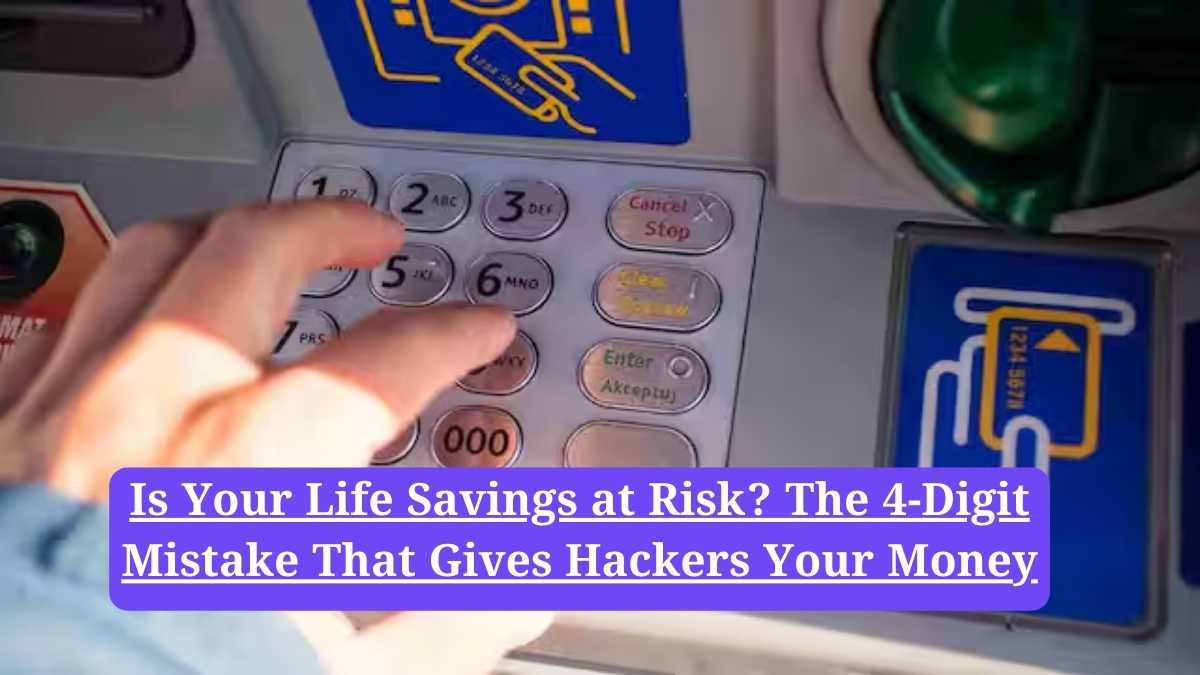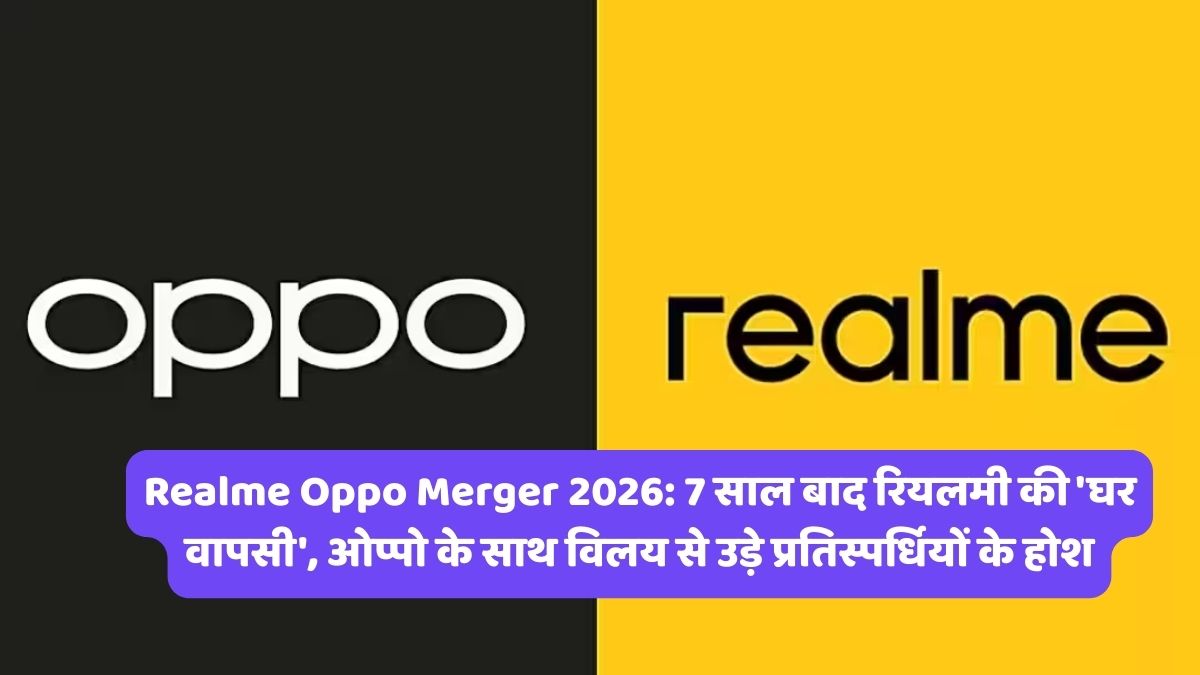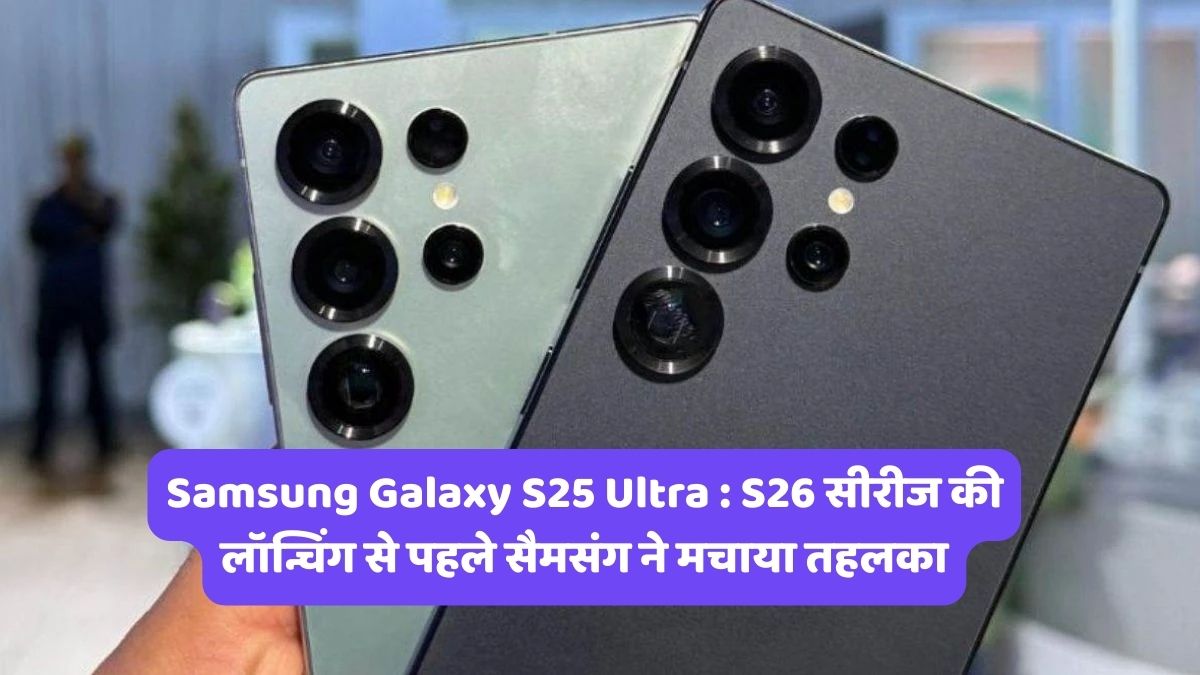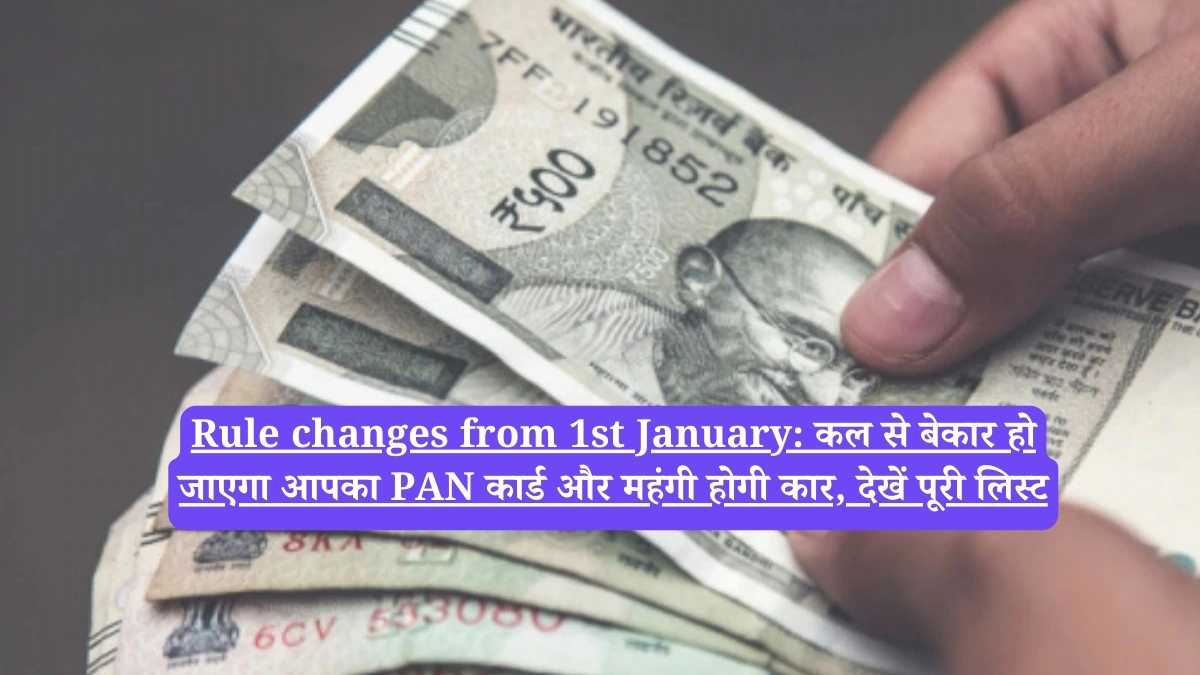Join WhatsApp
Join NowATM PIN security: In today’s fast-paced digital world, ATM and debit cards have become an essential part of our daily lives. From buying groceries to paying bills, nearly everyone depends on these plastic cards for their financial transactions. However, this convenience comes with a hidden danger that millions of people casually ignore. Out of sheer carelessness or for the sake of convenience, many individuals choose an ATM PIN that is terrifyingly easy for hackers and fraudsters to guess. If you are using one of these common, predictable numbers, your bank account is a ticking time bomb, waiting to be emptied.
The four-digit ATM PIN is the sacred key to your financial kingdom. It is the only barrier standing between a criminal and your hard-earned money. But what if that barrier is as weak as a paper wall? A simple, easy-to-guess PIN can be cracked by fraudsters in a matter of seconds. In the blink of an eye, the money you’ve worked so hard to save could vanish, leaving you in financial ruin.
The PINs That Put Your Savings in Extreme Danger
Cybersecurity experts have repeatedly warned that certain number sequences are so incredibly common that they are the very first ones that criminals try. Think about your own PIN. Does it fall into any of these categories?
- The World’s Most Common Mistake: “1234”. This is, without a doubt, the most frequently used ATM PIN globally, making it a primary target for hackers.
- Simple and Predictable Sequences: “0000” or “1111”. Many people choose repetitive digits like “2222” or “3333” because they are easy to remember. Unfortunately, they are also incredibly easy for criminals to guess.
- Repeating Patterns: “1212” or “1122”. These patterns are another critical vulnerability. Hackers’ software is specifically designed to test these common combinations first.
- The Personal Information Trap. Using your date of birth, the last four digits of your mobile number, or your vehicle number as your PIN is one of the most dangerous mistakes you can make. This information is often publicly available or can be easily obtained through social engineering, giving criminals a direct pathway to your funds. Even using a family member’s birthdate is a massive security risk.
If your PIN matches any of the patterns described above, your account is not just at risk—it’s an open invitation for theft.
How Cybercriminals Exploit Your Weak PIN
Cybercriminals employ sophisticated techniques like “guessing tricks” and “brute force attacks.” A brute force attack involves software that systematically tries thousands of common PIN combinations in a very short amount of time. Since millions of people use these simple, predictable PINs, it doesn’t take long for these attacks to succeed. The criminals know that human psychology leans toward simplicity and convenience, and they exploit this weakness to its fullest.
Your Action Plan to Secure Your Money Right Now
Protecting your financial future is not something to be taken lightly. If you are serious about safeguarding your account, you need to act now. Follow these essential steps to create an un-hackable PIN:
- Choose a Truly Unique Number: Create a combination that has absolutely no connection to your personal life. It should not be related to your date of birth, phone number, address, or any other easily accessible information.
- Create a Mixed Pattern: Use a random assortment of different digits. Avoid sequential numbers or obvious patterns. The more random the combination, the harder it will be for anyone to guess.
- Make Changing Your PIN a Habit: Don’t just set it and forget it. Get into the routine of changing your ATM PIN every 3 to 6 months. This simple habit can significantly increase your security.
- Never, Ever Share Your PIN: This may seem obvious, but it’s a rule that is often broken. Do not share your PIN with anyone, not even your closest family members or friends. Your PIN is for your eyes only.
Your ATM PIN is the first and most critical line of defense for your banking security. If that wall is weak, nothing can stop cybercriminals from breaking in and stealing your life savings. Take a moment right now to check your PIN. If it falls into any of the high-risk categories mentioned above, go to your nearest ATM and change it immediately. Don’t wait until it’s too late.


















